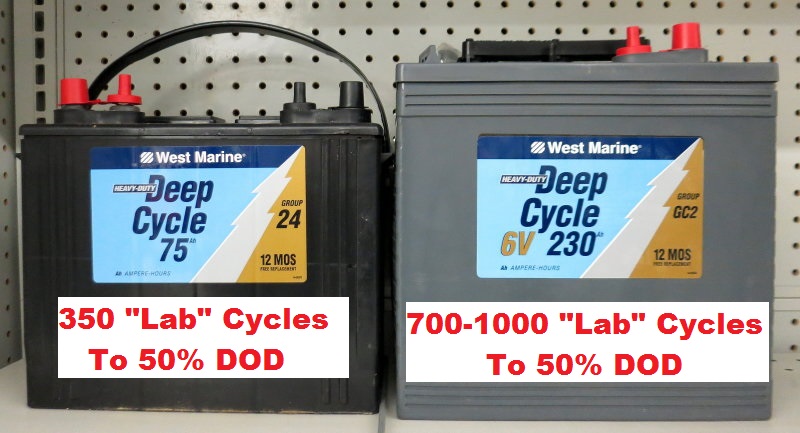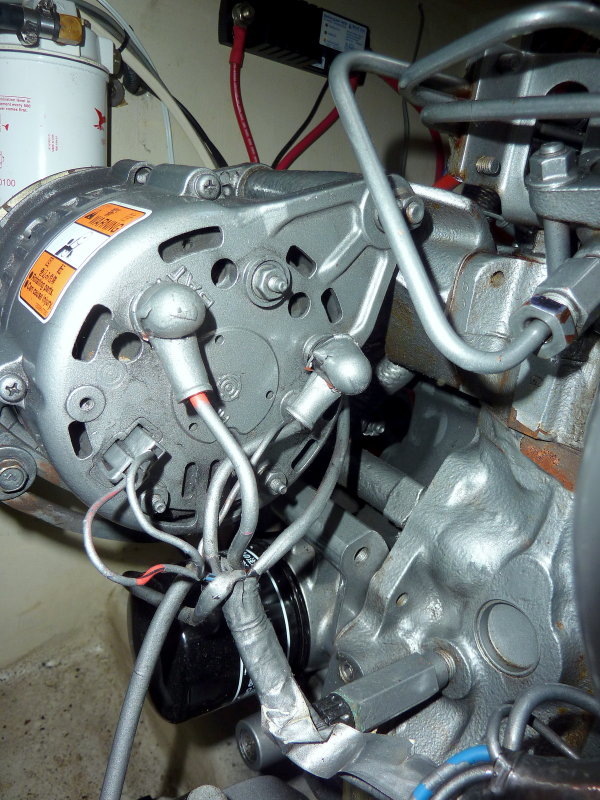Good Sunday morning everyone.
last year I changed both my batteries to deep cycle, one of them is already going bad for some reason, could it be because I used a deep cycle as a starting battery?
I will try to bring it back to the store to get it tested and try to get them to give me a new one (warranty)
What would you suggest as a good starting battery?
I will probably switch from deep cycle (only one at the moment for the house bank) to golf cart batteries.
last year I changed both my batteries to deep cycle, one of them is already going bad for some reason, could it be because I used a deep cycle as a starting battery?
I will try to bring it back to the store to get it tested and try to get them to give me a new one (warranty)
What would you suggest as a good starting battery?
I will probably switch from deep cycle (only one at the moment for the house bank) to golf cart batteries.




